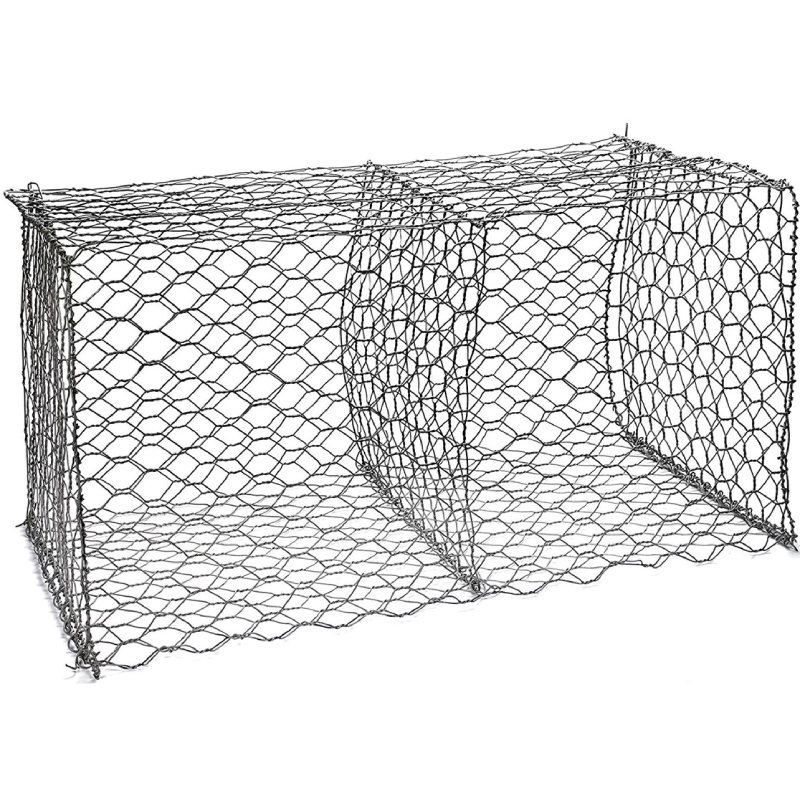The Importance of Netting for Climbing Vegetables
Climbing vegetables are a popular choice among gardeners and farmers due to their versatility, space-saving abilities, and the vibrant addition they can bring to any garden or field. However, as with any plant, they face their own set of challenges, particularly pests and harsh weather. One effective solution to these challenges is the use of netting. In this article, we will explore the importance of netting for climbing vegetables, discussing its benefits, types, and proper application.
Benefits of Netting
1. Pest Control One of the primary functions of netting is to protect climbing vegetables from pests. Many climbing plants, such as peas, beans, and cucumbers, are particularly susceptible to insect damage. By using fine mesh netting, gardeners can exclude harmful insects like aphids, beetles, and caterpillars, reducing the reliance on chemical pesticides. This not only ensures a healthier crop but also promotes an environmentally friendly approach to gardening.
2. Support for Climbing Climbing vegetables need support as they grow. Netting can provide an ideal structure for these plants to latch onto. By positioning netting vertically or horizontally, gardeners can guide the growth of climbing crops, ensuring that they reach their full potential. This structure helps in the easy harvesting of fruits and vegetables, as they grow off the ground and are less likely to rot.
3. Wind and Weather Protection Extreme weather conditions can be detrimental to climbing vegetables. Strong winds and heavy rains can cause damage, leading to broken vines and bruised fruits. Netting acts as a barrier against such forces, helping shield delicate plants and ensuring they remain upright. Moreover, it can create a microclimate that offers some protection from sudden temperature changes.
4. Improved Air Circulation Proper airflow is crucial for the health of climbing vegetables. Dense foliage can trap humidity, leading to fungal diseases. By using netting, gardeners can maintain better spacing between plants, enhancing airflow and reducing the likelihood of diseases that arise from excess moisture.
5. Deterrent for Larger Animals In addition to smaller pests, climbing vegetables can also attract larger animals such as rabbits and deer. Netting can serve as a physical barrier, preventing these animals from accessing the plants. This added layer of protection is especially important in areas where wildlife is abundant.
Types of Netting
When it comes to selecting netting for climbing vegetables, there are several options available, each catering to specific needs
netting for climbing vegetables

1. Garden Netting Typically made of lightweight, UV-resistant material, this type of netting is perfect for repelling birds and smaller pests. It can be draped over plants or secured to stakes.
2. Mesh Trellising This netting is designed primarily for support. It comes in various sizes and can hold heavier climbing vegetables like tomatoes and cucumbers, allowing them to grow robustly while providing adequate space for harvesting.
3. Insect Barrier Netting With a finer mesh, this netting protects plants from insects while allowing sunlight and water to penetrate. It’s especially useful for plants that are prone to specific pest infestations.
Proper Application
To effectively utilize netting for climbing vegetables, it is essential to follow a few best practices
- Positioning Ensure that the netting is installed before planting. This allows the climbing plants to find the netting and attach themselves as they grow.
- Height Considerations Depending on the type of vegetable, establish netting at an appropriate height to support growth while making it accessible for maintenance and harvesting.
- Securing the Edges Make sure that the edges of the netting are secured to prevent pests from sneaking underneath. This can be done using weights or by burying the edges into the soil.
In conclusion, netting for climbing vegetables is a crucial aspect of successful gardening and farming. By protecting plants from pests, providing support, and ensuring better air circulation, netting enhances growth while minimizing potential damages. With various types available, gardeners can choose the right netting for their specific needs, fostering a productive and healthy growing environment. As more gardeners adopt this technique, we can look forward to more bountiful yields of climbing vegetables.
-
Why Galvanized Trench Cover Steel Grating Resists Corrosion
NewsJul.10,2025
-
The Versatility and Strength of Stainless Expanded Metal Mesh
NewsJul.10,2025
-
Load Calculations in Steel Grating Platforms
NewsJul.10,2025
-
Keeping Pets and Kids Safe with Chicken Wire Deck Railing
NewsJul.10,2025
-
Hole Diameter and Pitch for Round Perforated Metal Sheets
NewsJul.10,2025
-
Aluminium Diamond Mesh in Modern Architecture
NewsJul.10,2025
Subscribe now!
Stay up to date with the latest on Fry Steeland industry news.

